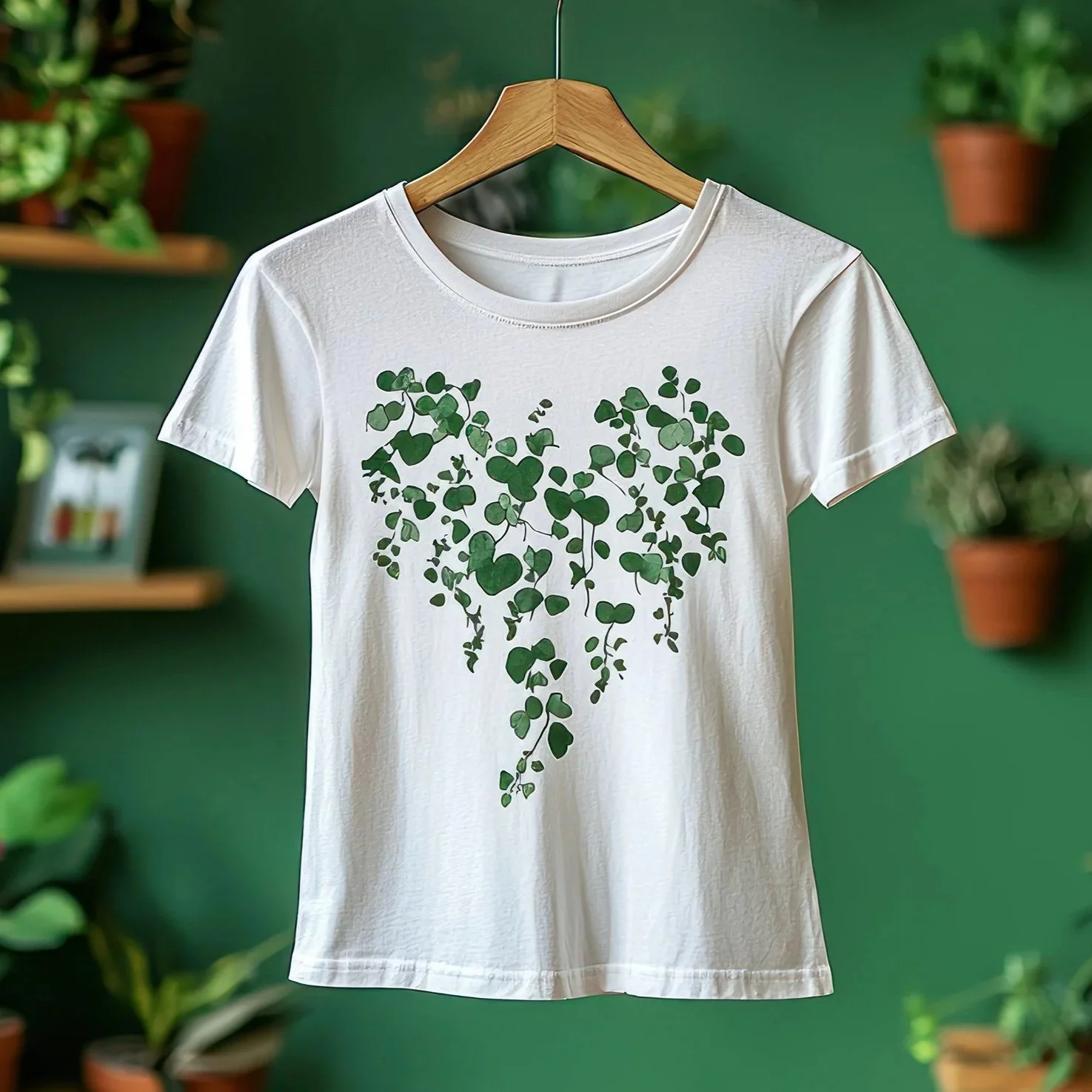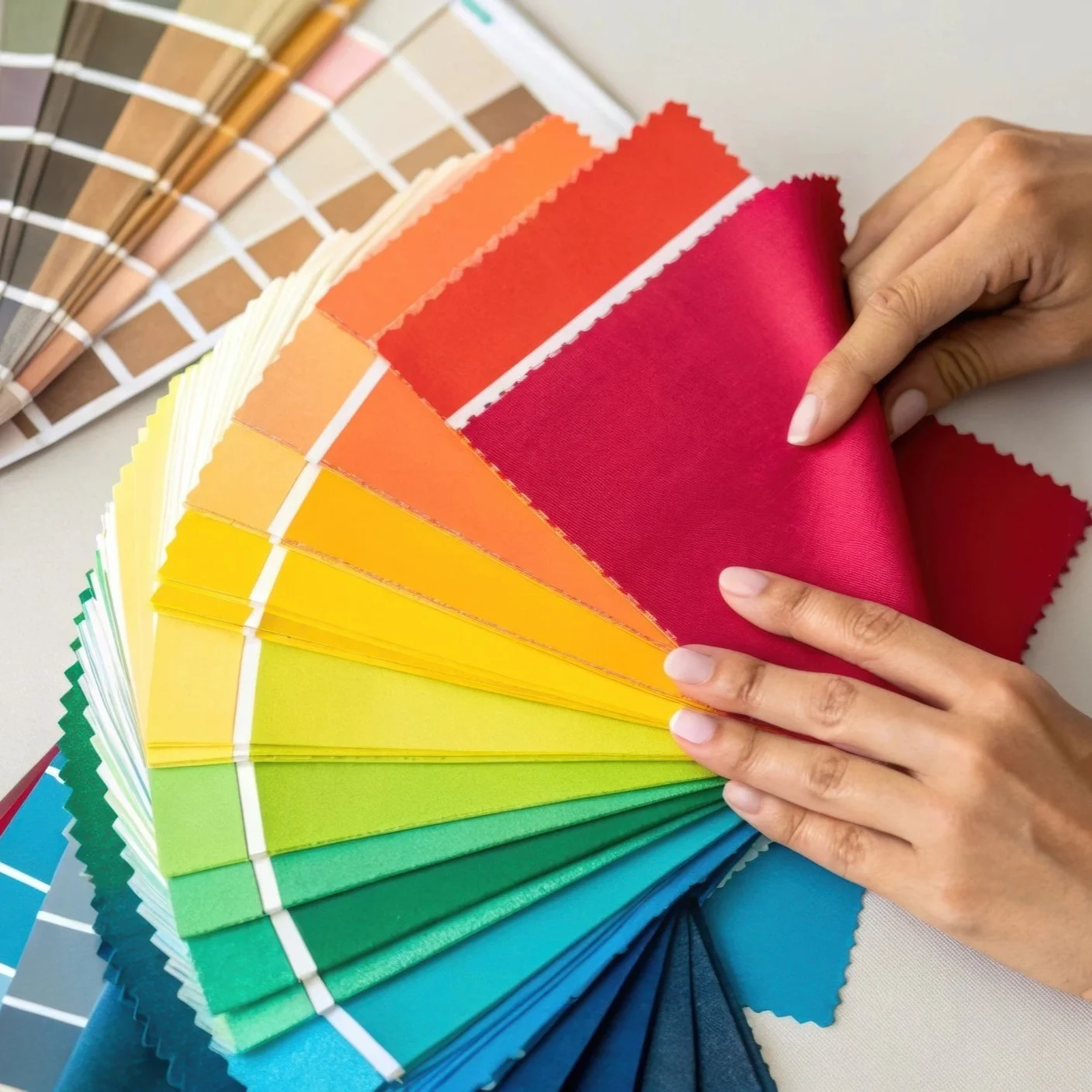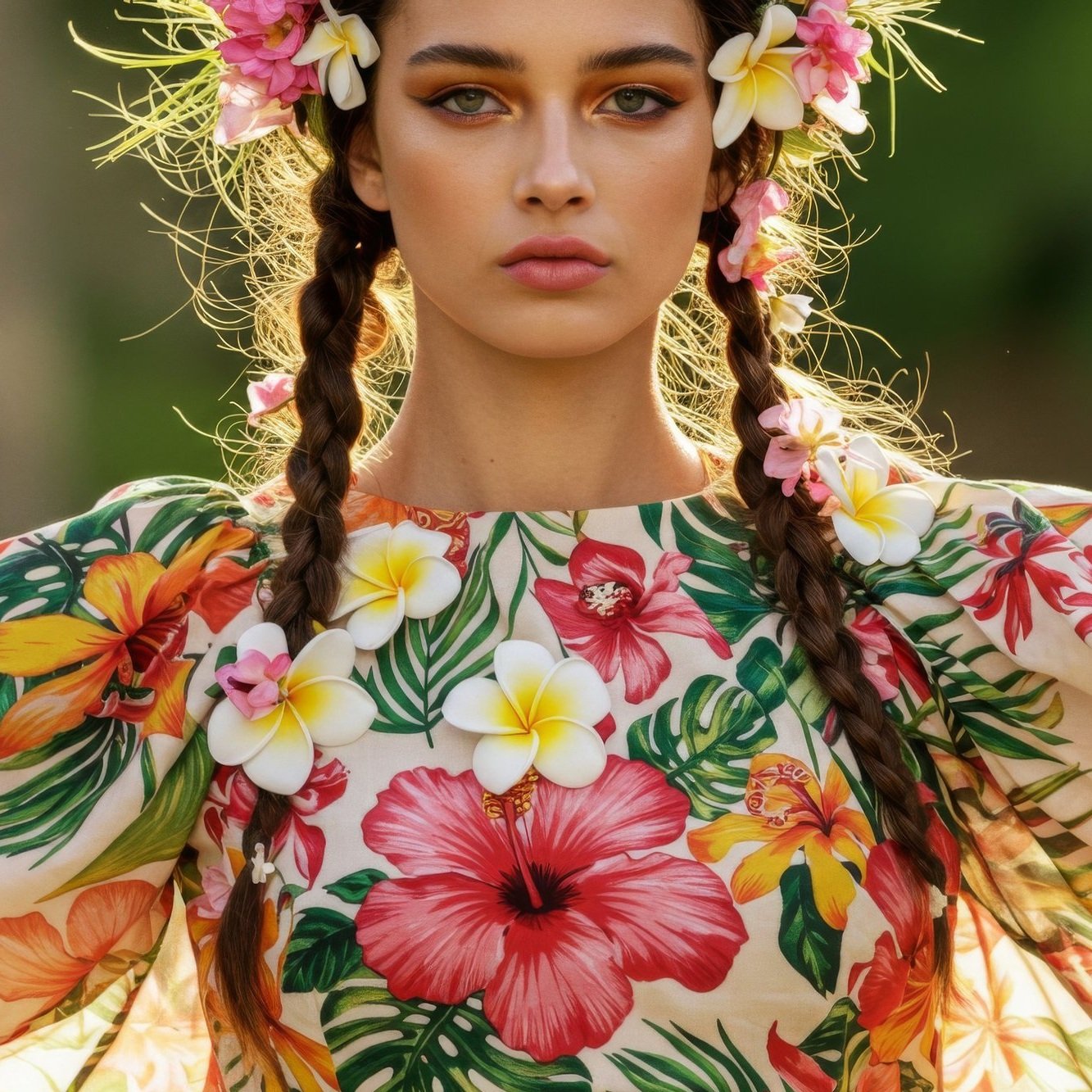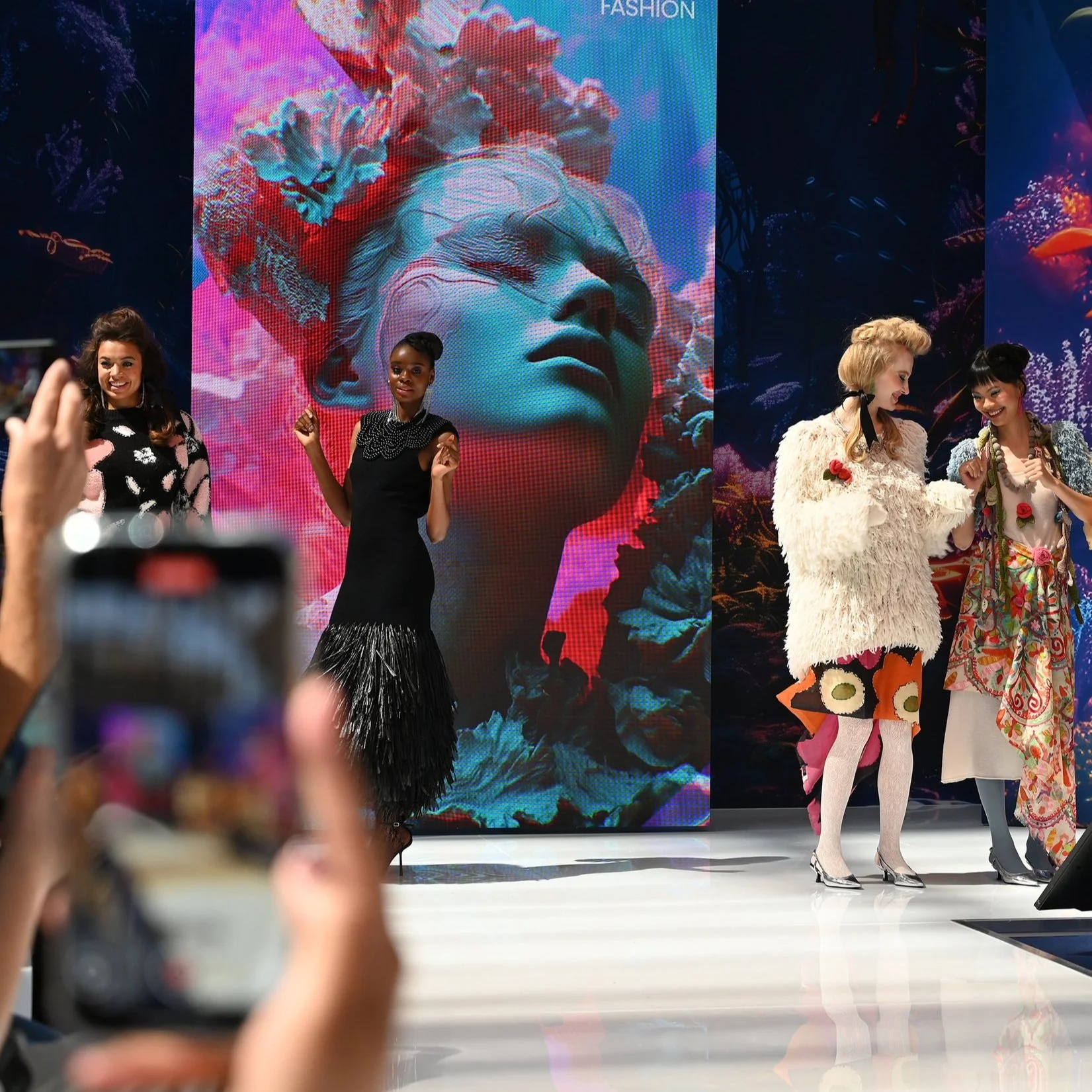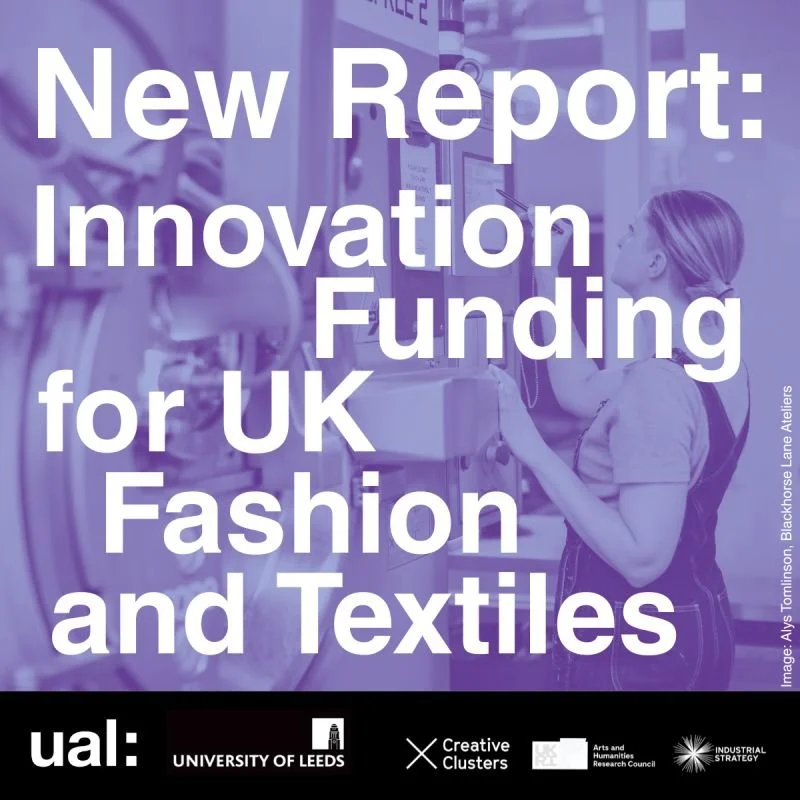Glasgow School Of Art Fashion And Textile Students Go Digital - As Young Designers Unveil Designs In Online Showcase
The Glasgow School of Art’s Fashion and Textile students, like designers across the world, have responded to the challenges of the ongoing pandemic by presenting their work digitally this year.
In a 20-minute showcase 16 third-year Fashion Design 26 third-year Textile Design students unveiled their latest designs using a range of approaches from stop motion animation, collage animation, abstract animation to time lapse, motion capture, digital puppetry, projection and more.
“The pandemic has spurred the need for spontaneous experimentation and provided an unexpected opportunity for innovation to complement tradition,” says Professor Jimmy Stephen-Cran, Head of Fashion and Textiles at the GSA.“Designers globally have had to adapt digital innovation and devise new ways of showcasing their collections, and their ideas, in place of a catwalk. This is no different for 3rd Year Fashion and 3rd Year Textiles students at The Glasgow School of Art where they have had to rethink the conventions of a GSA Fashion Show and somehow bring its spirit to life from the solitude of their bedrooms.”
“In this specially created show reel our students share a wide range of creative content Some of them have explored atmospheric cinematic qualities while others have opted for the quirks of an early TV cartoon. Some have used digital tools to create a catwalk while others have used the back garden.”
Fashion Design students have presented portfolios ranging from
womenswear/unisex/menswear over knit and woven and also cover also wider interests such as photography, fine art and cordwainery.
Andrea Lui has been inspired by the Wild Mann - creatures found in various pagan traditions throughout Europe. “Generally, the Wild Mann is dressed like a beast in some pagan rituals, which protect demons,” she explains. “I use fur and leather belt to represent two different forms of armour and then combine the softness of tune to form a contrast, creating an article of protective clothing full of female power.” Andrea has presented her work in a fashion show staged in her flat.
Images: Rosie Ridley takes inspiration from the Abbey Road album for her animated presentation and Luukas Nuoitio presents his collection as a stop motion collage animation
Meanwhile Rosie Ridley has created a collection which is a collation of delicate handmade techniques and vintage tailoring; in which she contrasts flowing, 1970’s inspired dresses with the durability and style of denim workwear. “I have been exploring how various cultures have different relationships and approaches to mending textiles,” she says. “Specifically, how certain mending techniques have become an art form such as colourful fabric patches fixing holes in denim and Japanese Sashiko embroidery.” Rosie presents her work in an animation taking inspiration from the Beetles Abbey Road cover.
Luukas Nuotio spent a lot of time last summer with his 4-year old little brother. “Seeing his reactions to new things, his carefree attitude and pure enjoyment of life in general really inspired me to not take everything too seriously and implement the same child-like attitude when designing my collection,” he says. He has created a new patchwork technique which doesn’t follow a specific pattern, which is inspired by the free-flowing way of Jazz music which doesn’t conform to any musical patterns either. This technique also allows me to utilise fabrics with minimal waste.Luukas presents his collection as a stop motion collage animation
In Textile Design each specialism has been exploring new ways textiles can be applied to the body. There is a diverse range of work with students exploring what a textile means in this context and at a time without workshop access. See how textile students have applied physical and digital skills to communicate colour, tactility, structure and surface.
Embroidery specialist Emma Campbell has created an eclectic collection of tactile surfaces and objects which can be combined in various, fun ways, all constructed from found materials. “I’ve explored innovative methods to connect and apply my textiles around the body through spontaneous, interactive process, also exploring sensory properties to create ideas accessible through touch and sound.”
Print specialist Honor Anderson’s work primarily began looking at the indentations caused by the erosion of rocks, considering the line, shape and composition of these cavities. “Layering always seems to seep into my projects in one way or another,” she explains. “In this case, it involved using beamis to bond pieces of fabric over one another, creating one large piece. As my project developed, I found the samples held a sinister atmosphere, and had similar features to that of red blood cells when manipulated in the right way. I decided to play on this idea throughout the visualisation process.”
Knit specialist Lucie Peslova has spent looking after her son, and experience of this together with constrictions imposed have influenced the design of her textiles. It is reflected in restriction of arm movement in the final garment representation. “I also utilised a playful colour palette and development of the textiles, expressing the moments of fun and freedom experienced in the playground that has become a source of inspiration,” she says. “Designing with sustainability in mind, I only used found leftover and scrap yarns.”
“Colour and colour proportion is always my main focus when it comes to design,” says weave specialist, Abbey Elizabeth. “For this specific project I looked into the work of Larry Sultan and his photography, using the colours to create paper collages for my colour analysis. I love working with bold and bright shapes, using the traditional weaving technique of passementerie and putting a more modern twist to it. I love working with chunky materials and textures, such as rope and stripped fabrics to create fun energetic textiles.”
The students have also created handmade products inspired by their own collections that are available to purchase on Etsy. Each purchase will help us fundraise towards attending Graduate Fashion Week and New Designers.








